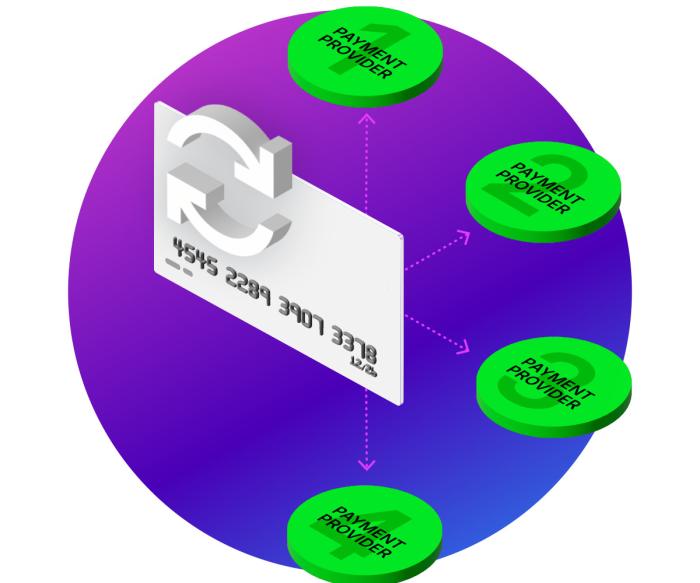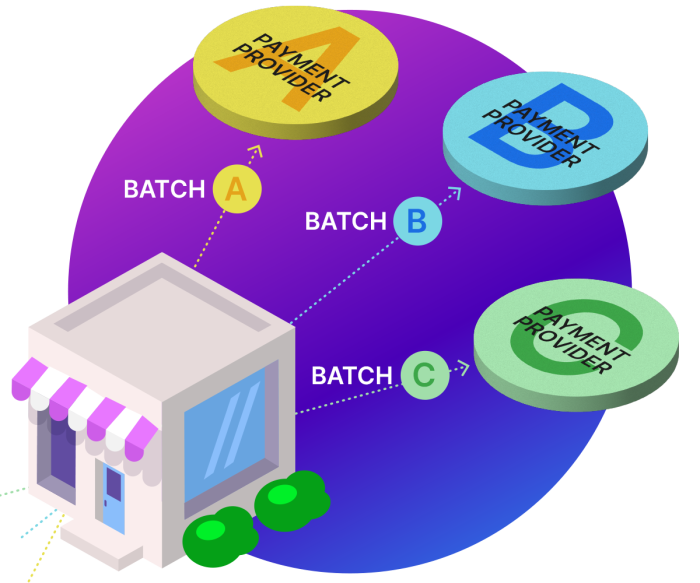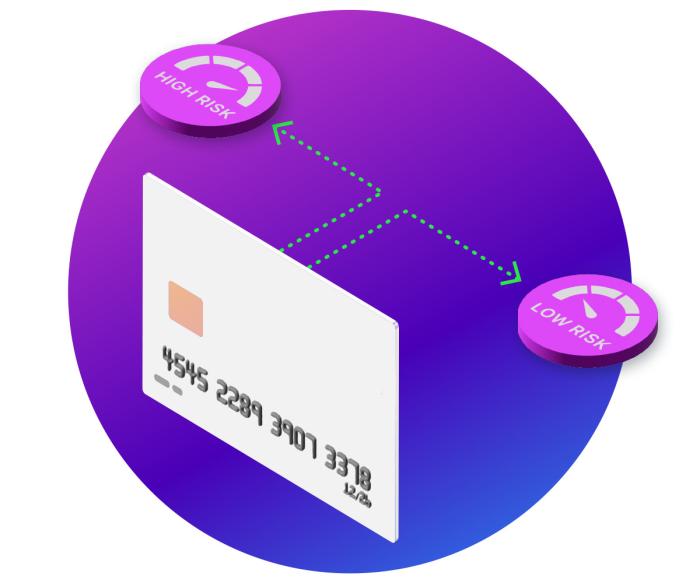Key Benefits
Improve Authorization Rates
Boost sales by directing transactions based on geographic location, transaction type, historical success rates, and more.
Reduce Costs
Minimize interchange fees and the costs associated with cross-border payments with intelligent routing.
Increase Reliability
Reduce failed transactions by dynamically adapting to provider outages, errors, or load-balancing issues.
Reduce Fraud
Catch fraudulent transactions and lower fraud rates with transaction risk analysis.
How it Works
With our Smart Routing Engine, different payment flow strategies can be implemented based on personalized rules, increasing conversions while cutting transaction costs. Route transactions to the best provider based on card type, customer details, geolocation information, risk assessment, and platform or application-specific data. Configure rules that go into effect immediately via an easy drag-and-drop graphical interface.

What You Get
Geographic Optimization
Local providers offer lower fees and higher authorization rates. IXOPAY’s Intelligent Routing and Fee Management Engines route transactions to regional PSPs based on card origin, reducing costs and boosting conversions. By prioritizing local payment methods at checkout, merchants improve authorization rates.

“We were looking for a platform that would put us in the driver's seat and give us the flexibility we needed over our multiple sales channels. IXOPAY delivered this; their intuitive approach to payments enabled us to manage transaction flows, add alternative payment methods and strengthen the customer experience.”



